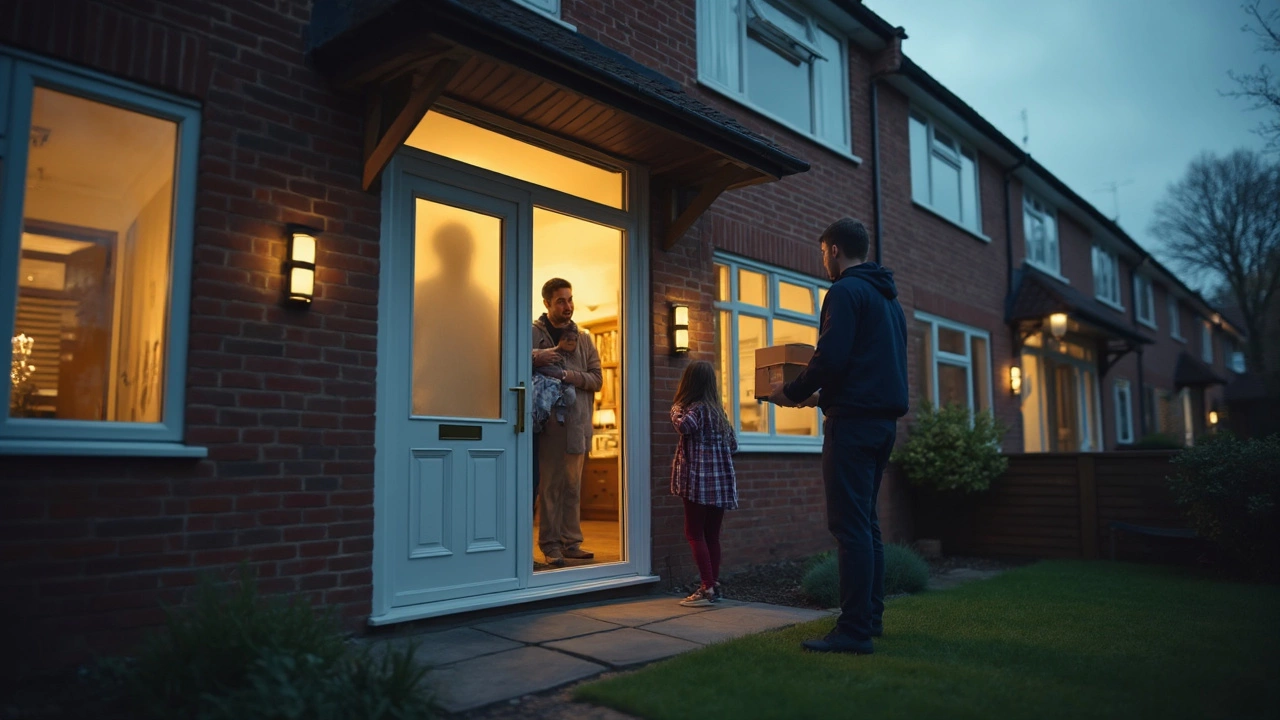When you hear the word “motion detection” you probably picture a camera that snaps a photo the second someone walks by. In reality it’s a family of sensors that spot movement and tell you something’s happening – whether it’s a prowler, a pet, or even a gust of wind shaking a branch.
There are three main types you’ll run into: infrared (PIR) sensors, microwave radars, and video‑based detectors. PIR sensors look for changes in heat, so they ignore a passing car’s engine but pick up a human body. Microwave radars emit a tiny radio wave and measure the bounce‑back – they’re great for covering larger areas but can be prone to false alarms from moving curtains. Video‑based detectors use software to analyse a camera’s feed, flagging anything that moves against a static background.
First off, it’s a cheap way to turn a quiet house into a real alarm. Most alarm panels let you plug a motion sensor directly into the control board, so when the sensor trips you get an instant alert on your phone. Second, it helps you save storage. Instead of recording 24/7, the system only saves video when motion is detected, keeping cloud fees low.
Another big win is deterrence. A flashing LED or a quick audible beep tells an intruder they’ve been seen, often enough to make them retreat. Even if they ignore it, you’ll have a timestamped video ready for the police.
Start by mapping out the zones you want to protect. Entry doors, garages, and stairwells are high‑traffic spots and benefit from PIR sensors with a 90‑degree field of view. For larger rooms or outdoor patios, consider a radar sensor or a camera with built‑in detection – they cover more ground but may need a higher power budget.
Look at the sensor’s range and pet immunity. If you have cats or dogs, pick a model that lets you set a “pet‑immune” level so the system ignores movements under a certain size. Also check if the device integrates with the platform you already use – most UK homes run on systems like SimpliSafe, ADT, or a DIY hub.
Installation is usually a snap. For wired sensors, you’ll need to run a low‑voltage cable to the control panel; many DIY kits come with a power drill and a quick‑connect clip. Wireless sensors need a strong Wi‑Fi signal and a fresh battery – keep an eye on battery life; a good PIR sensor lasts 2‑3 years.
Once installed, test the sensor by walking through its field of view. Adjust sensitivity if you get too many false alerts from passing traffic or wind‑blown foliage. Many apps let you fine‑tune these settings from your phone, so you can get the sweet spot where real motion is caught and noise is ignored.
Finally, think about backup power. If the grid goes down, a battery‑backed alarm panel will still receive motion alerts, and a solar‑powered camera can keep watching the night sky. That way you’re covered even during a blackout.
Motion detection doesn’t have to be complicated. Pick the right sensor type, place it where you need it most, and tweak the settings – and you’ll have a solid layer of protection without breaking the bank.

Curious if your Ring doorbell captures everything 24/7? This article breaks down exactly how Ring records, what triggers it, and what options you have for storage. Learn the facts about motion alerts, live view, and how to make the most of your video doorbell. We’ll touch on privacy concerns and some tips to get more from your Ring device. If you want practical advice about using Ring for your home’s security, you’re in the right place.